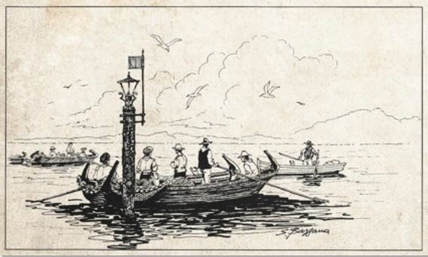 In these rooms, the world of fishing is well represented, always a symbol and pride of Garda: a perfectly restored gondolino, various types of nets, supports for tirlindana, spears and harpoons, as well as various tools and supports for fishing activities and preserving the catch.
In these rooms, the world of fishing is well represented, always a symbol and pride of Garda: a perfectly restored gondolino, various types of nets, supports for tirlindana, spears and harpoons, as well as various tools and supports for fishing activities and preserving the catch.
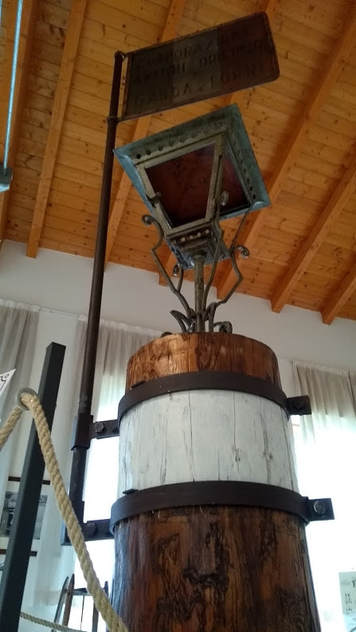
In the center of the room dedicated to Ida Borletti is the upper part of the Pal del Vo’, the pole that, until a few decades ago, emerged from the lake to signal the presence of the Vo’ Shoal, a very fish-rich area belonging to the Fishing Grounds of S. Vigilio, whose fishing rights belong, according to ancient tradition, to the Corporations of the Ancient Originaries of Garda and Torri. These rights were purchased in 1452 by the Originaries of Garda, Torri, and Sirmione from the Becelli counts of Costermano for 1,000 gold ducats. In the 1700s, Sirmione withdrew, and the rights remained with the communities of Garda and Torri, who, by tradition, still hold them today. At the top of the Pal del Vo’, on a tin flag indicating the owners of the fishing rights, appears the inscription “Corporation of the Ancient Originaries of Garda and Torri.” The Corporation, one of the oldest still existing in Italy, belongs to the descendants of those who acquired the rights in 1452. Annually, the fishing rights are still auctioned off, and the proceeds are symbolically divided on August 20 among the descendants of the ancient original families.
In the center of the room dedicated to Liliana Pincini are some trolling fishing tools. These are long copper wires or long chains that could be wound on a wooden cylinder (matross) or contained in a box (tirlindana), with live or artificial baits (spoons and small hooks) attached to the ends. These tools, introduced to Lake Garda around 1850, revolutionized fishing, allowing even those who did not own expensive cotton nets to catch trout and the prized carpione, the latter being a species found only in Garda. Finally, there are the two perforated containers (turbet) that, immersed in the lake’s water, were used to store excess freshly caught fish and keep them alive.
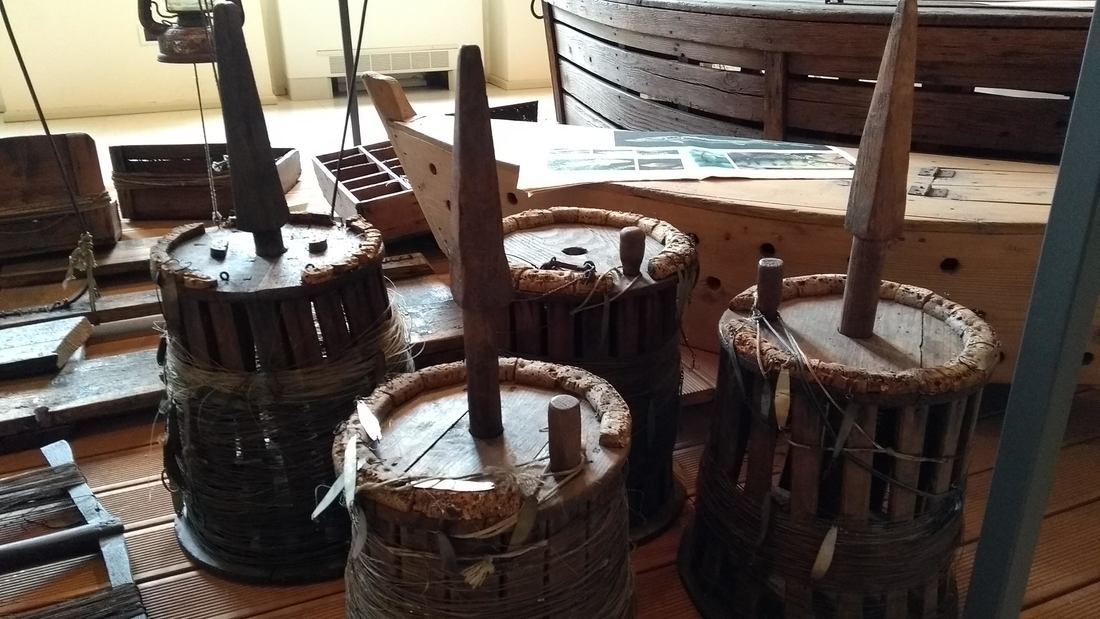
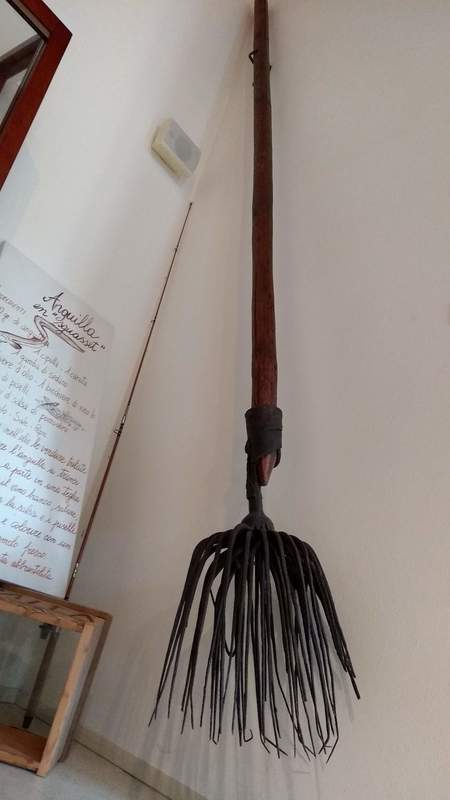
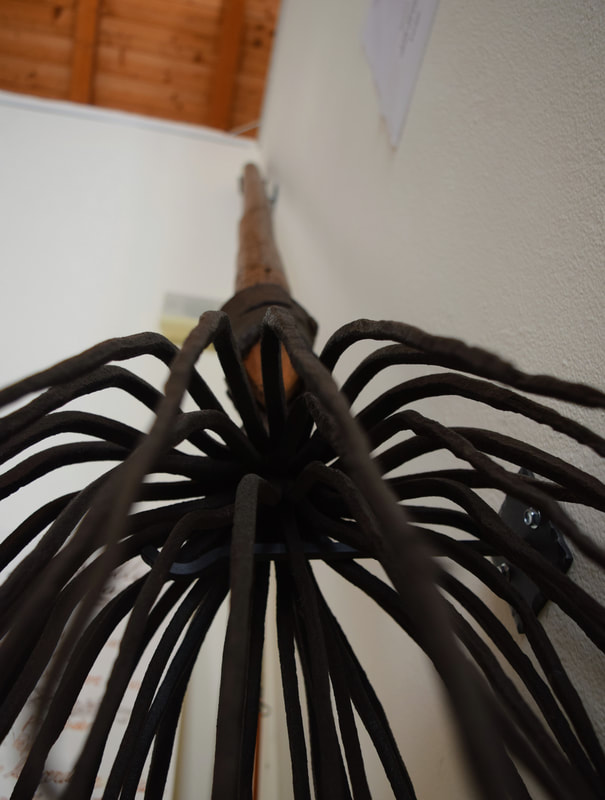
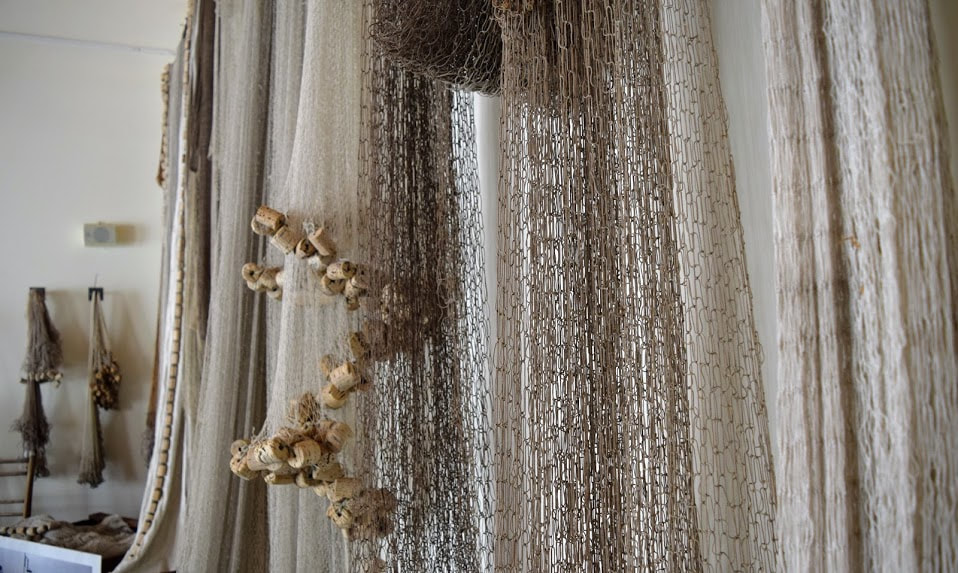
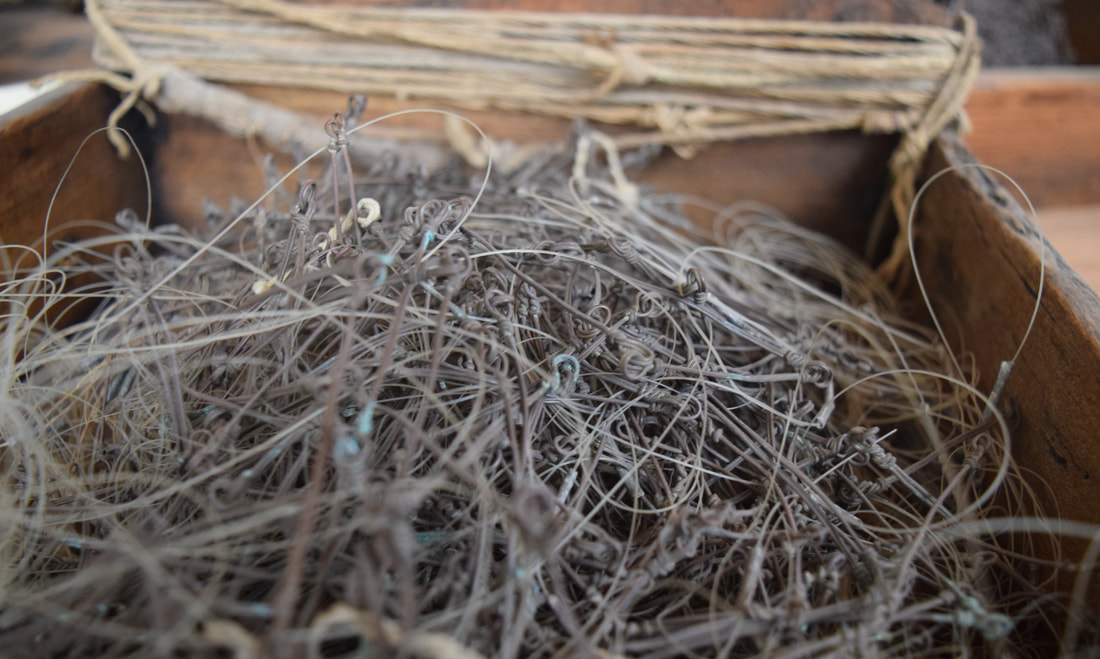
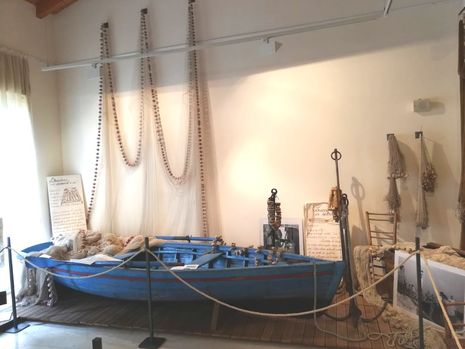
A typical Garda fishing boat and, hanging above it, a basin-shaped net called “remat,” up to 400 meters long, which allowed for large catches.
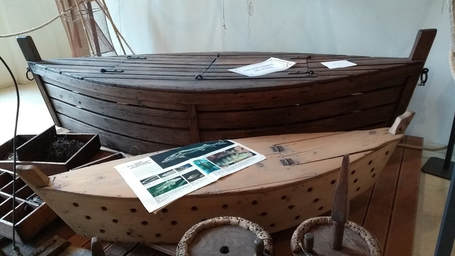 Two perforated containers (turbet): immersed in the lake water, they contained the caught fish to keep them alive.
Two perforated containers (turbet): immersed in the lake water, they contained the caught fish to keep them alive.